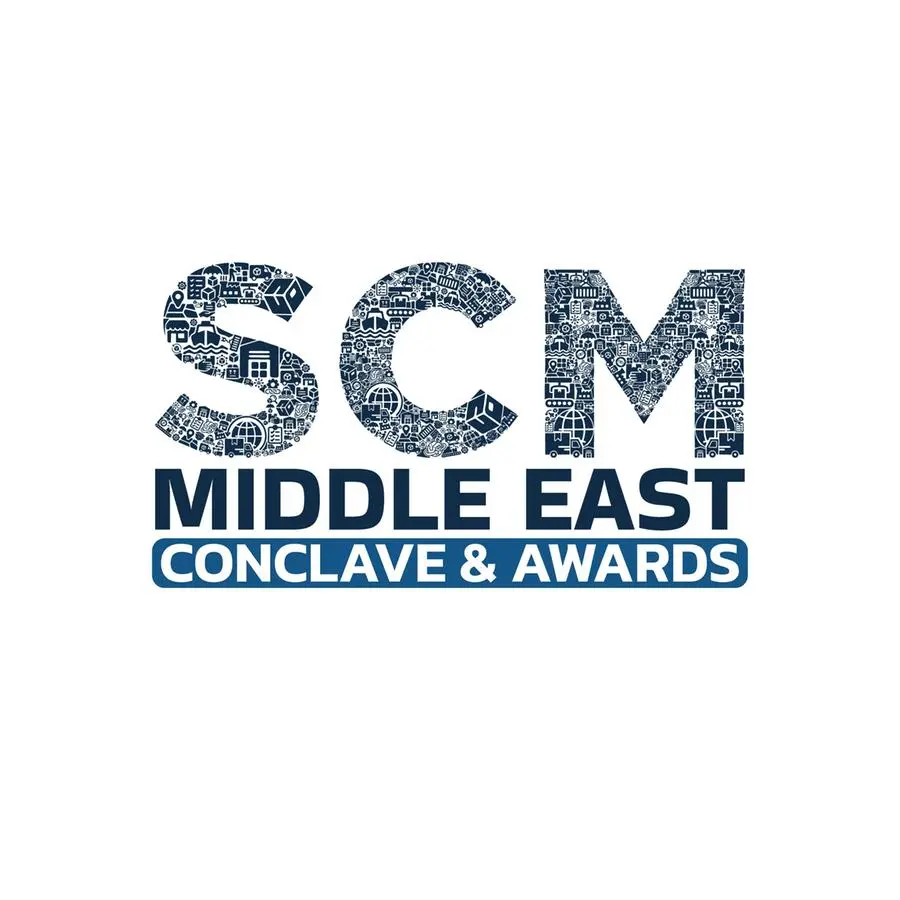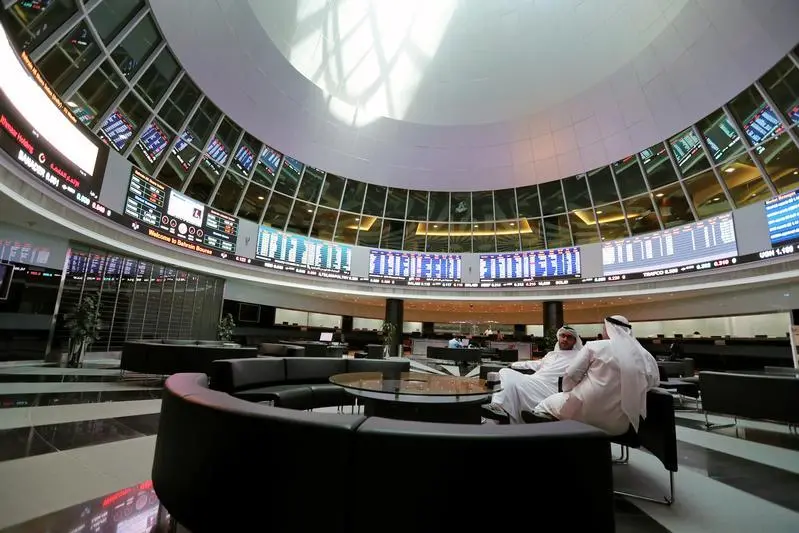PHOTO
The AlUla World Archaeology Symposium 2024 will explore the significance of mobile communities from ancient to modern times. Image Courtesy: AlUla
- Located in AlUla, Saudi Arabia, one of the world’s most active areas for archaeological exploration
AlUla, Saudi Arabia – AlUla will host its second major archaeology gathering on 30-31 October, offering a unique opportunity for world leaders in archaeology and cultural heritage to engage in global dialogue and best practice.
The AlUla World Archaeology Symposium (AWAS 2024) will convene an interdisciplinary group of experts and practitioners from archaeology, cultural heritage and related fields to debate on subjects ranging from trade, commerce and exchange to effects of climate change and conflict on mobile communities.
AWAS 2024 highlights will include keynote addresses by Dr Willeke Wendrich, Professor emeritus at the University of California at Los Angeles (UCLA); Dr Stefano Biagetti, Professor of Archaeology at Pompeu Fabra University in Barcelona; and Peter DeBrine, Leader of Sustainable Tourism Programme, UNESCO World Heritage Centre, Paris.
Further presentations, panels, workshops and case studies will be led by speakers from Saudi Arabia and abroad. A specially curated showcase of objects discovered in AlUla through archaeology missions will be on display, as well as a first-look preview of a world-first exhibition that will feature archaeological artefacts from the Museo Archeologico Nazionale di Napoli (MANN) in Naples, Italy. Site visits to key archaeological sites in and around AlUla, Tayma and Khaybar will be included in the programme.
The AWAS 2024 theme – “Moving forward: past, present and future in the archaeology and heritage of mobile communities” – is timely and enduring. From prehistory onwards, people have moved to access opportunities, to improve living conditions, to explore, but also in response to environmental constraints, natural disaster, conflict, and socio-political instability. In a world where moving has become easier for many but not for all, a world that has experienced the implications of a sudden lack of mobility during the COVID-19 pandemic, AWAS 2024 hopes to challenge traditional assumptions on past and present mobility.
Dr. Abdulrahman A Alsuhaibani, Vice President of Culture, Royal Commission for AlUla (RCU), archaeologist and curator, said: “AlUla has served as a crossroads for connection, cultural and knowledge exchange between civilisations for thousands of years. Today, AlUla is one of the world’s most active areas for archaeological exploration, with over 30,000 areas of archaeological interest identified and more than a dozen active research projects across a rich cultural landscape.”
“We established this event to become a progressive and leading platform for dialogue and collaboration, holding the first gathering in 2023 with an alternate format of Symposium one year and Summit the next. We are already laying the groundwork to build on the momentum of this event and for AWAS 2025.”
In recent years RCU-sponsored research by foreign and Saudi archaeologists has shed light on aspects of AlUla’s ancient history, from the monumental structures known as mustatils to large-scale hunting traps known as ‘desert kites’, long-distance ‘funerary avenues’ that linked settlements and pastures, and Neolithic dwellings known as ‘standing stone circles’. Together the studies are showing that the early inhabitants of north-west Arabia were more connected to neighbouring regions than previously believed, and that their society was more complex than had been thought.
AWAS serves as a global platform and community that convenes a wide range of interdisciplinary stakeholders to discuss and create solutions for the future of archaeology and cultural heritage management. Where the inaugural AlUla World Archaeology Summit (AWAS 2023) created a space for high-level dialogue on contemporary issues in archaeology and cultural heritage that was both academic and accessible, this year’s AlUla World Archaeology Symposium (AWAS 2024) is a more intimate gathering for deeper thematic academic conversations. Summit and symposium will continue to alternate, complementing one another and analogous to an aerial survey one year and site excavation the next.
AWAS 2024 will be held in Maraya, a multipurpose venue at AlUla that holds the world record for largest mirrored building (9,740 glass panels).
For more information follow @AWASKSA on Instagram and X or contact media@rcu.gov.sa.
About AlUla:
Located 1,100 km from Riyadh in north-west Saudi Arabia, AlUla is a place of extraordinary natural and human heritage. The vast area, covering 22,561km², includes a lush oasis valley, towering sandstone mountains and ancient cultural heritage sites dating back thousands of years to when the Lihyanite and Nabataean kingdoms reigned.
The best-known site in AlUla is Hegra, Saudi Arabia’s first UNESCO World Heritage Site. A 52-hectare ancient city, Hegra was the principal southern city of the Nabataean Kingdom and comprises more than 100 well-preserved tombs, many with elaborate facades cut out of the sandstone outcrops surrounding the walled urban settlement.
Current research also suggests Hegra was the most southern outpost of the Roman Empire after the Roman’s conquered the Nabataeans in 106 CE.
In addition to Hegra, AlUla is also home to ancient Dadan, the capital of the kingdoms of Dadan and Lihyan and considered to be one of the most developed 1st-millennium BCE cities of the Arabian Peninsula, and Jabal Ikmah, an open-air library of hundreds of inscriptions and writings, which has been listed on UNESCO’s Memory of the World Register. AlUla Old Town, a labyrinth of more than 900 mudbrick homes developed from at least the 12th century, was selected as one of the world’s Best Tourism Villages in 2022 by UNWTO. Additionally, Hijaz Railway and Hegra Fort were key sites in the story and conquests of Lawrence of Arabia.
For more information, please visit: experiencealula.com




















